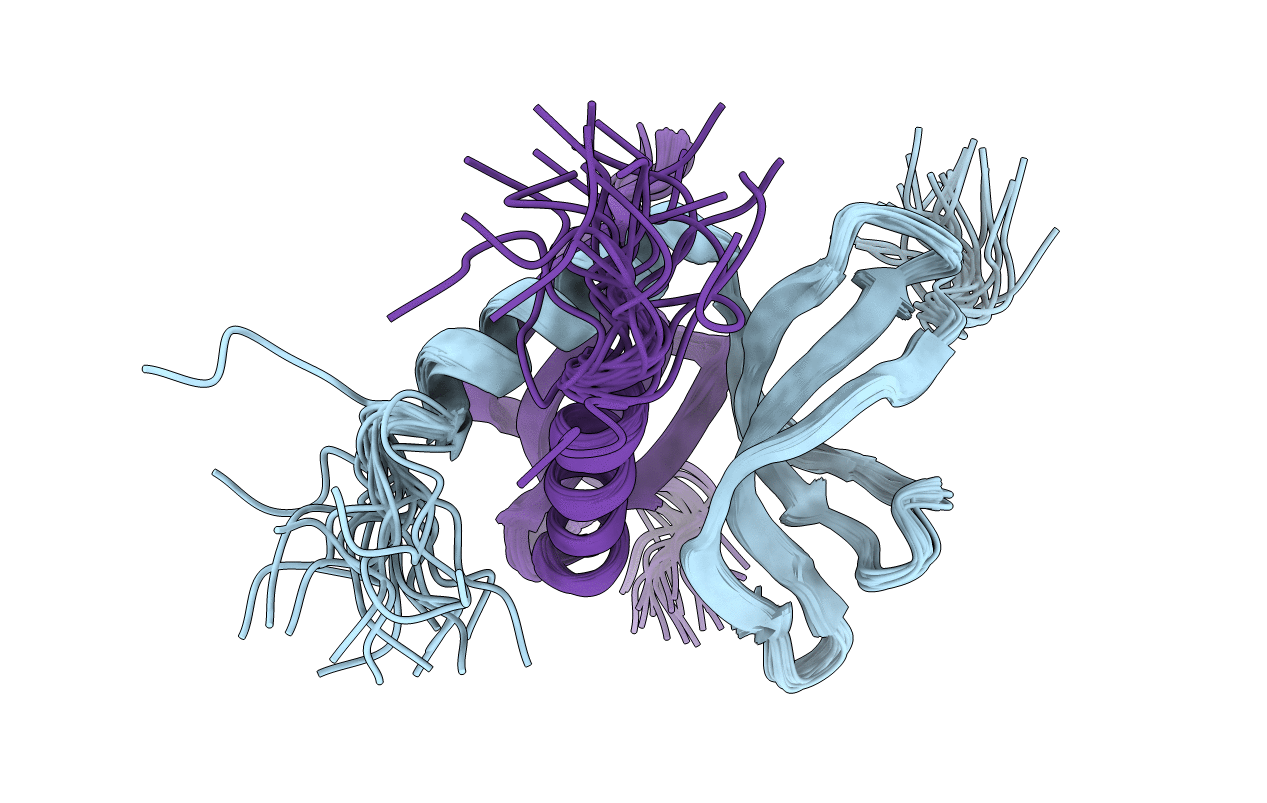
Deposition Date
2012-05-16
Release Date
2012-06-06
Last Version Date
2024-05-01
Entry Detail
PDB ID:
2LTD
Keywords:
Title:
Solution NMR Structure of apo YdbC from Lactococcus lactis, Northeast Structural Genomics Consortium (NESG) Target KR150
Biological Source:
Source Organism:
Lactococcus lactis subsp. lactis Il1403 (Taxon ID: 272623)
Host Organism:
Method Details:
Experimental Method:
Conformers Calculated:
100
Conformers Submitted:
20
Selection Criteria:
structures with the lowest energy


